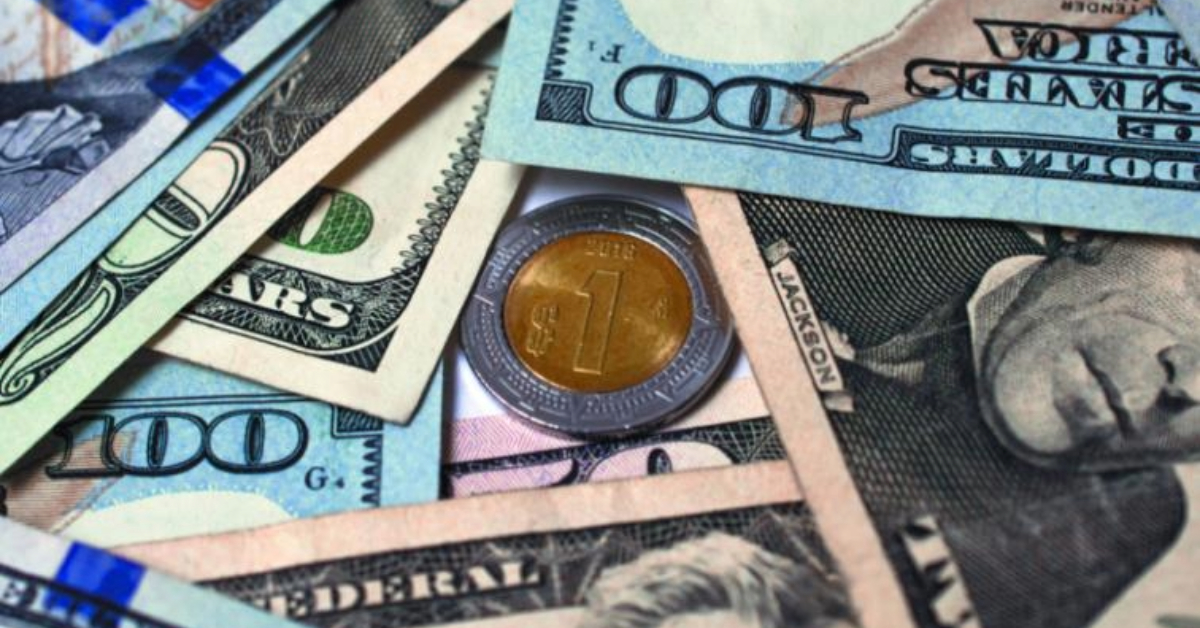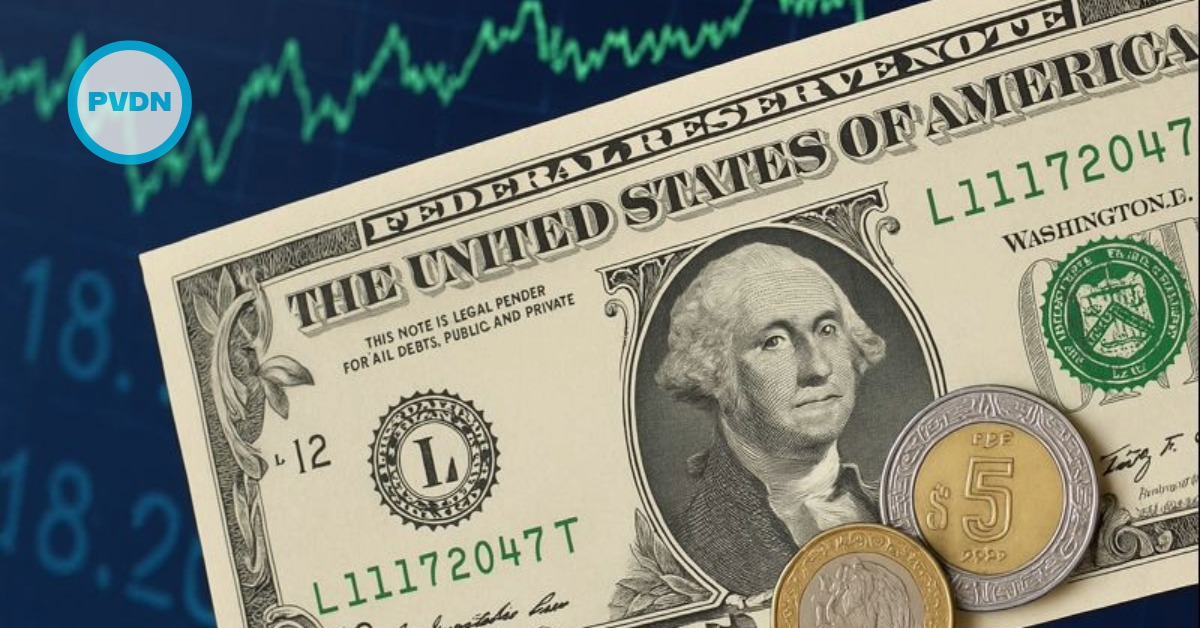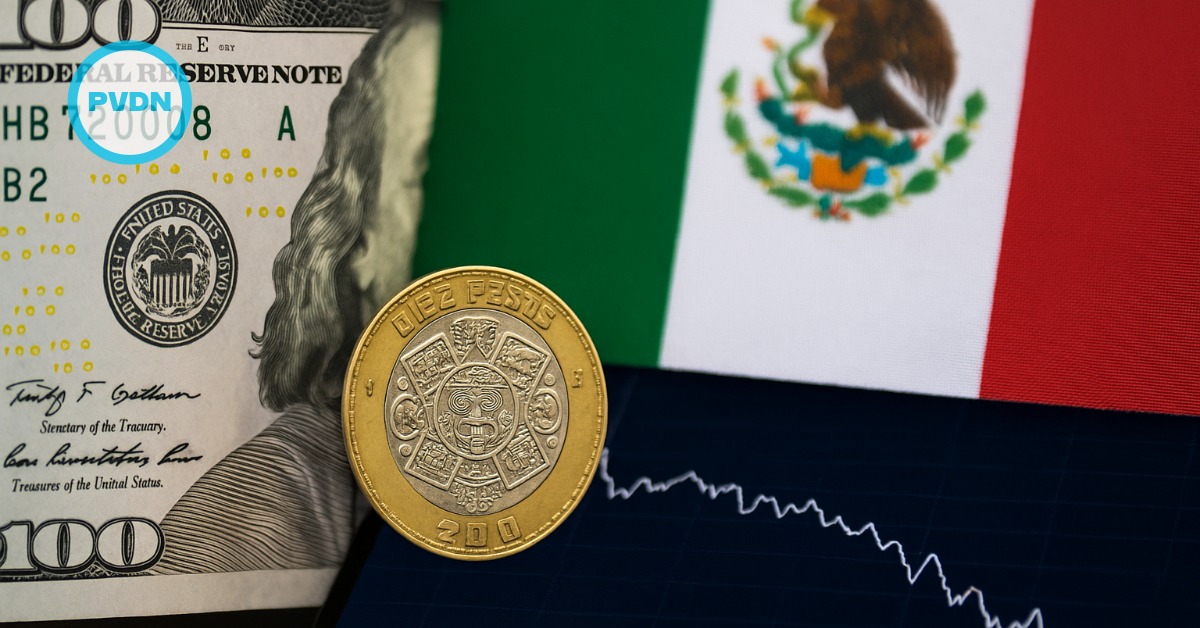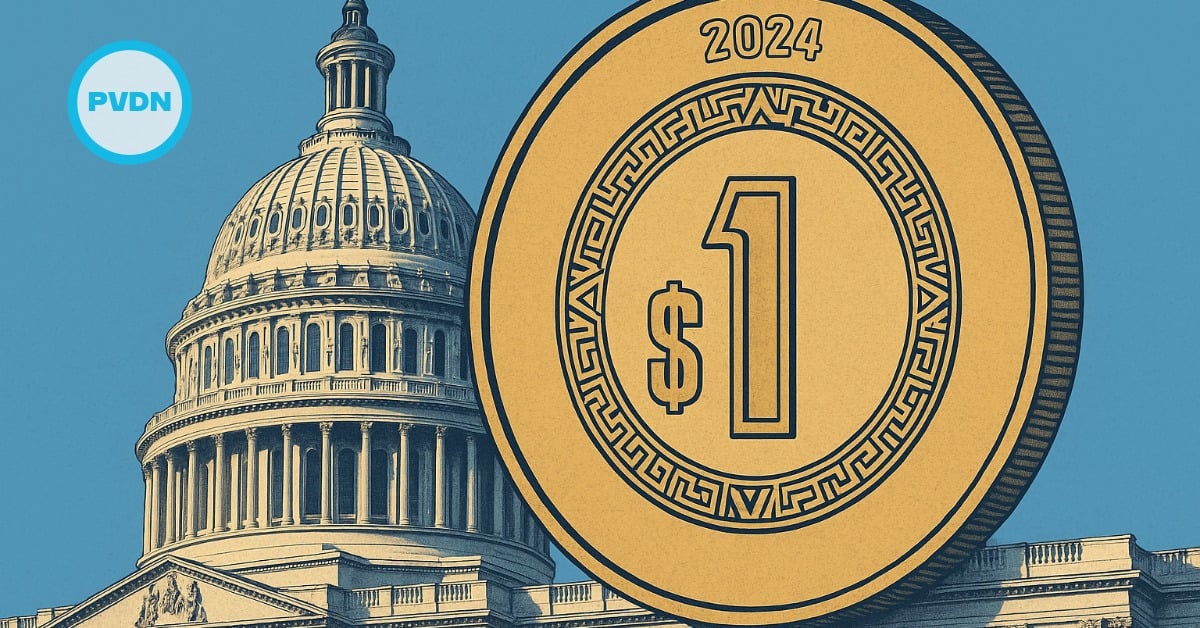Puerto Vallarta, Mexico - The Mexican peso fell on the first day of trading this week, snapping a four-session streak of gains as investors remained cautious about potential impacts from the economic and trade policies of U.S. President Donald Trump.







